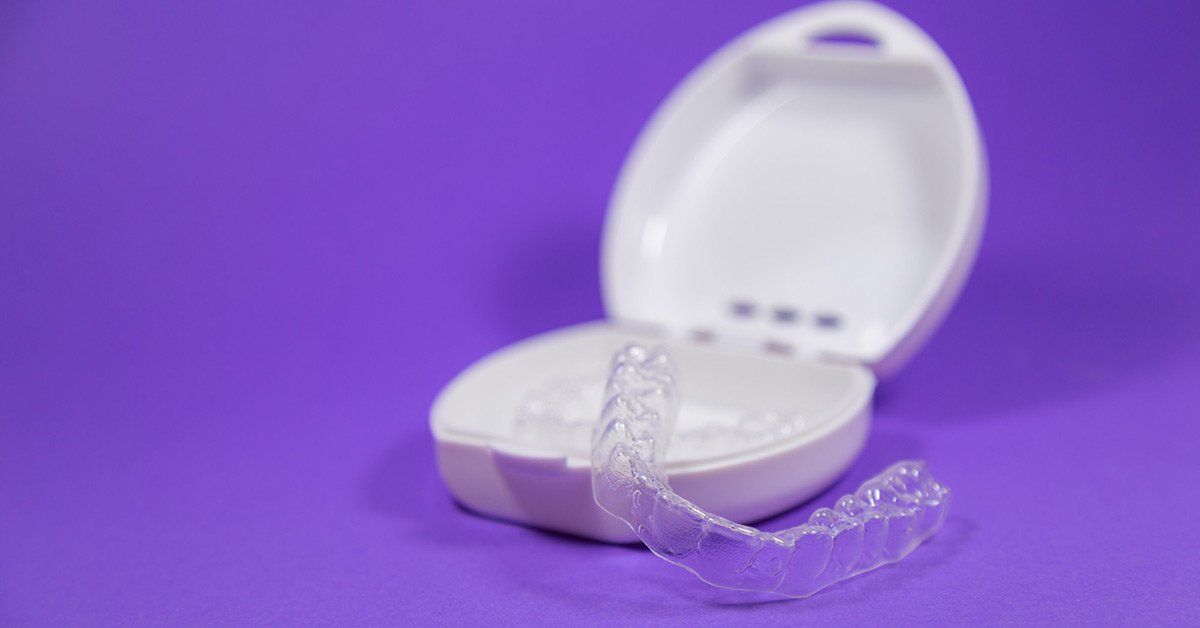Understanding Different Types of Fillings
Are you in need of a filling? If you are looking to have your teeth filled soon, it's important to understand the different types of fillings.
No one wants cavities, but unfortunately, they happen from time to time. Having a cavity means going to the dentist's office, and that's a trip that we try to avoid at all costs.
The dentist lets you know that you need to get a filling so it won't affect your teeth in the future. It sounds like a painful procedure, but it's straightforward.
Don't worry if you don't understand what a filling is. If you're filling a cavity soon, we'll break down what you need to know about the different types of fillings.
What Is Filling a Tooth?
Filling a tooth is a procedure where the decaying bacteria is removed from your tooth and filled with another substance. This will help restore your tooth to normal. It will also prevent further decay from happening with that tooth.
Getting a filling done is the most common procedure performed at the dentist's office. Throughout a person's life, they will need at least one filling. The person walking down the street next to you might have a filled tooth, so you're not alone in this fight.
The Different Types of Fillings
When it comes to choosing a filling, the process can be a bit troublesome. Various factors such as insurance costs, filling materials, and aesthetic disposition are essential in deciding what filling is correct for you.
Next, we'll break down the different fillings to get a better look at the options you can select.
Amalgam Fillings
Amalgam fillings are a common type of filling that people get. Most dentists use this filling because of its sturdiness. It's made out of a combination of silver, zinc, copper and mercury.
Amalgam fillings help fill cavities in the back of your mouth, like molars. Their strength and versatility can help ease any chewing problems you might have. They're also the least expensive cavity material to use, which is why they're prevalent amongst patients.
Composite Fillings
Composite fillings are a popular type of filling that patients also get. They're made up of resin and another plastic material that provides a covering for your tooth.
Composite fillings can match your tooth color, which is why they're popular too. You won't have to worry about a person seeing your filling when you laugh or smile like you would with an amalgam filling.
Ionomer Fillings
This type of filling is primarily used for babies' and children's teeth because of their weakness. Ionomer fillings release fluoride into your tooth to reduce the risk of decay in the future.
These fillings also don't match the color of your teeth entirely. But if you can only afford a quick fix, this filing is the right one for you.
Ceramic Fillings
If you're looking for another firm, tooth-colored filling, then ceramic fillings are a good choice for you. They're durable fillings that won't show teeth stains over time, like composite fillings.
Your tooth's area needs to be increased since these are larger fillings. Because of this, ceramic fillings can be on the pricey side.
Gold Fillings
Like amalgam fillings, gold fillings are a type of metal filling with strong durability. The average gold filling will last between ten to fifteen years.
Gold fillings aren't that popular due to their price. But if you're willing to pay for durability and a chic look, choose a gold filling.
What to Expect During a Filling Procedure
Going to get your tooth filled may be scary, but don't worry, it's nothing like having a root canal done. This procedure lasts for about one hour.
Our dentists will numb your teeth to minimize your discomfort during the process. After the numbing, we drill a hole in your tooth to remove the decay and replace it with a filling.
Your mouth will be numb after the operation is done, but you won't have to worry about any other risks. If you have any special requests before or after the procedure, make sure you let us know.
How to Take Care of a Filling
Although there are different types of fillings, there are no special care requirements. Follow good dental hygiene like brushing after each meal, flossing, and using mouthwash. After your procedure, follow these tips to avoid any problems with your new filling.
Chew With Your Mouth Closed
Your teeth can be sensitive to hot and cold temperatures. If your teeth are susceptible to ailments, like cold air, chew with your mouth closed. If you chew with your mouth closed, it can reduce the sensitivity that your tooth may experience if it's exposed to cold air.
Stay Away From Sticky Foods
Sticky foods can be dangerous to your new filling because they can stick to it and potentially cause it to dislodge. Although this rarely happens with amalgam fillings, it can happen with composite fillings. So try to avoid eating sticky foods if you have a composite filling.
Chew Carefully
Remember that your filling is fresh, so you want to take your time when you're eating. We know you're hungry, but don't risk any discomfort by rushing to eat your food.
Chew on the opposite side of your filling to minimize the impact from your jaw. If you need to chew on the side with your filling, try not to chew through your food completely. But be careful when you swallow.
Try to Avoid Hard Foods
Stay away from foods like hard candy, nuts and crackers. Because your jaw exerts a lot of pressure when you chew, it can cause pain when you have a new filling.
Hard foods can also dislodge your new filling if you're not careful. But if you need to chew on a portion of hard food, try to break it down before eating it.
Fill Your Cavity and Smile With Confidence
At Advanced Dental Care & Orthodontics, we understand how having a cavity or a decaying tooth can affect your confidence. With the different types of fillings we have available, you won't have to worry about your smile anymore.
If you're ready to start smiling with confidence again, make sure to
contact us and book an appointment today.









